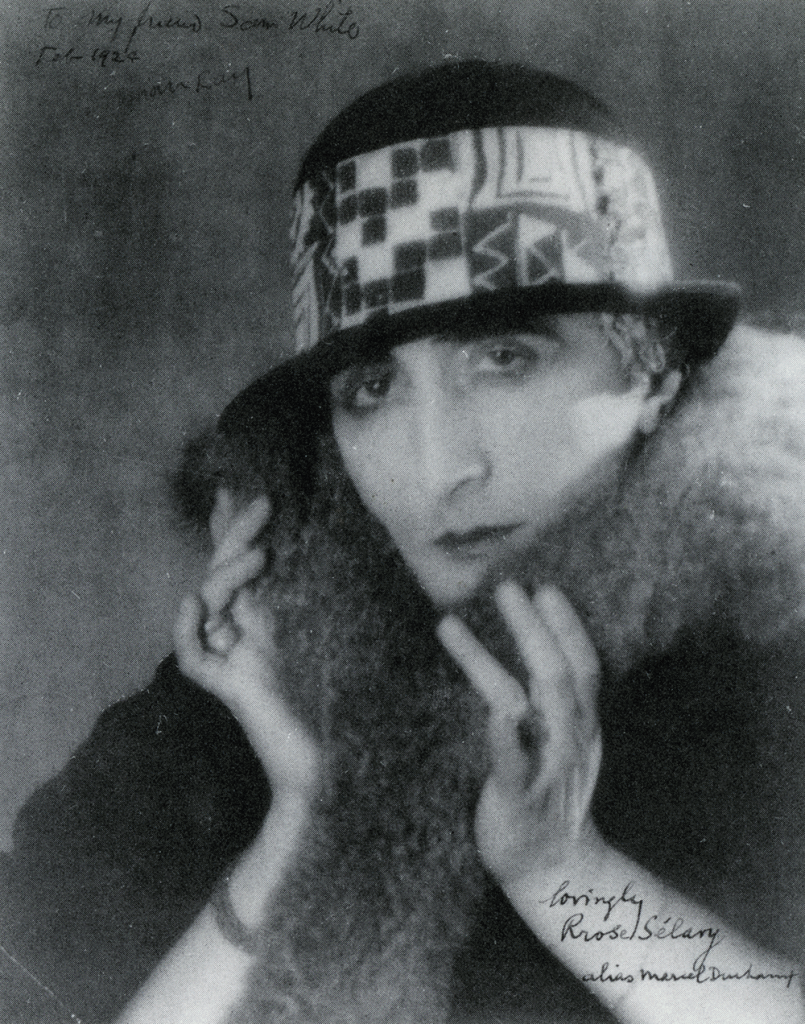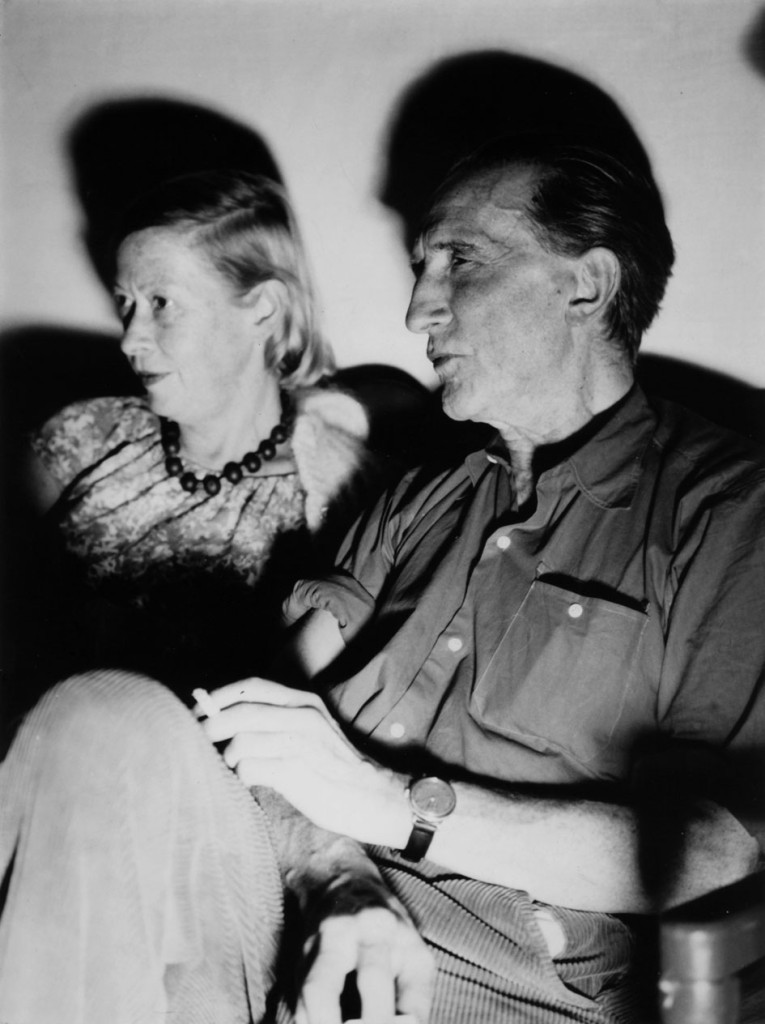Happy birthday, Marcel Duchamp! In honor of the famed Dadaist, who would have turned 127 today, our second installment of “Thanks, Wikipedia” is a selection of rarely discussed facts on the artist, all found in Wikipedia.
- Alexina “Teeny” Duchamp, the third, and final, of Duchamp’s wives. She first met Duchamp in 1923, at a ball thrown in her honor. Duchamp was not Alexina’s only art historical-romance: her first husband was Pierre Matisse, Henri Matisse’s son, but the couple divorced after Matisse cheated on Alexina.
- The Dimensionist Manifesto—while the history of modernist art is full of manifestos (see: Futurism, Dada, and Surrealism), not all of them have made it into the textbooks. Published in 1936 by Charles Sirato, a French poet and writer, the Dimensionist Manifesto advocated for “the artistic conquest of four-dimensional space, which to date has been completely art-free.” The manifesto was signed by Marcel Duchamp, as well as other well-known artists of the time (such as Francis Picabia, Lázló Moholy-Nagy, and Alexander Calder).
- Marcel was not the only Duchamp to pursue the arts: his brother Raymond Duchamp-Villon was a cubist sculptor, while siblings Jacques Villon and Suzanne Duchamp were painters. For a wedding present to Suzanne Duchamp and her husband Jean Crotti, Duchamp sent a set of instructions for a readymade: a geometry textbook suspended outside between two tables.
- Art historian Arturo Schwarz, a friend of Duchamp, published a catalogué raisonne of the artist’s works in 1967 titled “The Complete Works of Marcel Duchamp.” One of the book’s theories is that an unconscious incestuous desire for Duchamp’s sister Suzanne was a driving force behind some of Duchamp’s artworks, including his famous piece The Bride Stripped Bare by Her Bachelors, Even. While the controversial theory appears to have been omitted from Schwarz’s Wikipedia page, this was too interesting not to include.
- Lastly, a quote by André Breton about Duchamp’s readymade Why Not Sneeze, Rose Sélavy?:
I have in mind the occasion when Marcel Duchamp got hold of some friends to show them a cage which seemed to have no birds in it, but to be half-full of lumps of sugar. He asked them to lift the cage and they were surprised at its heaviness. What they had taken for lumps of sugar were really small lumps of marble which at great expense Duchamp had had sawn up specially for the purpose. The trick in my opinion is no worse than any other, and I would even say that it is worth nearly all the tricks of art put together.





Comments on this entry are closed.